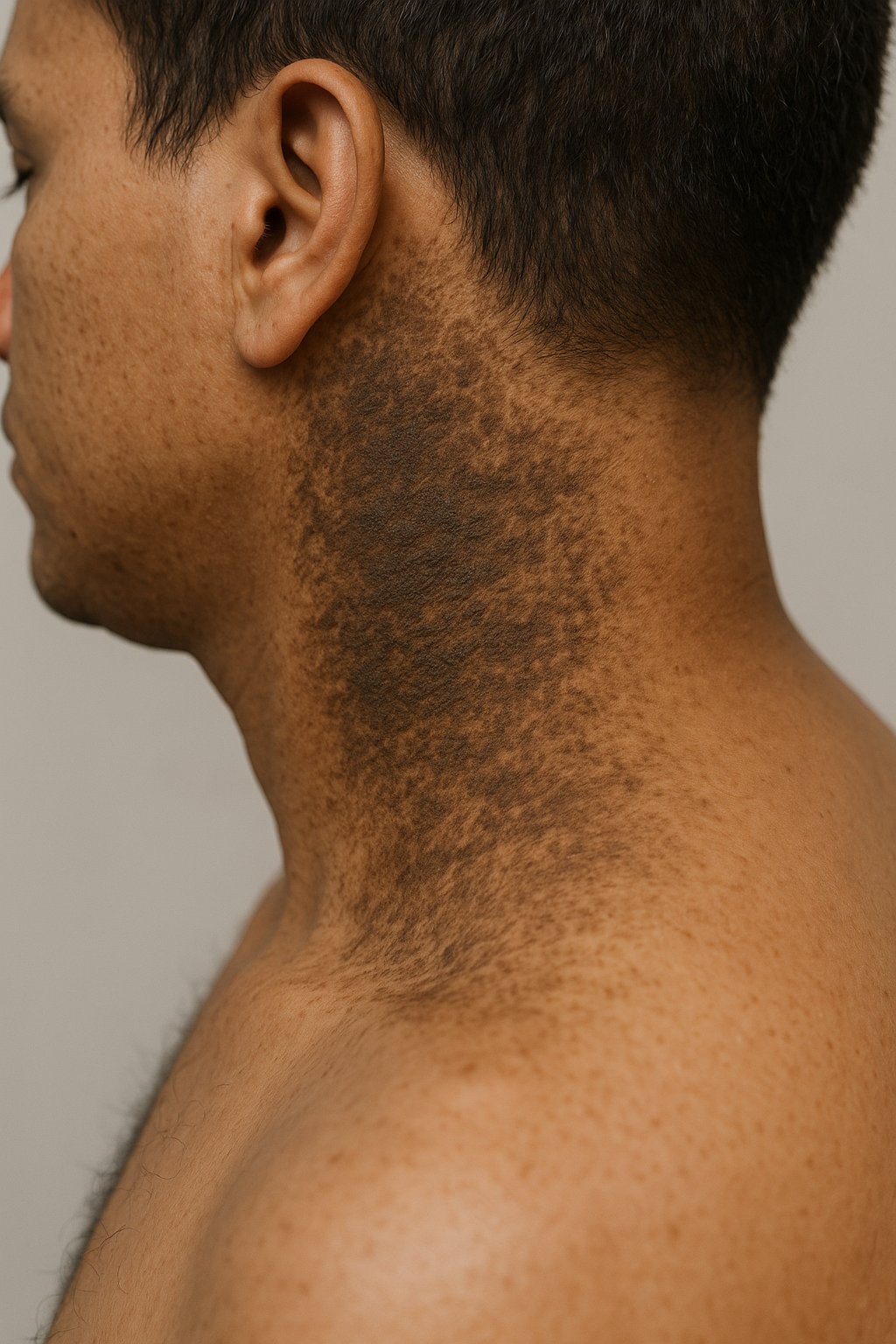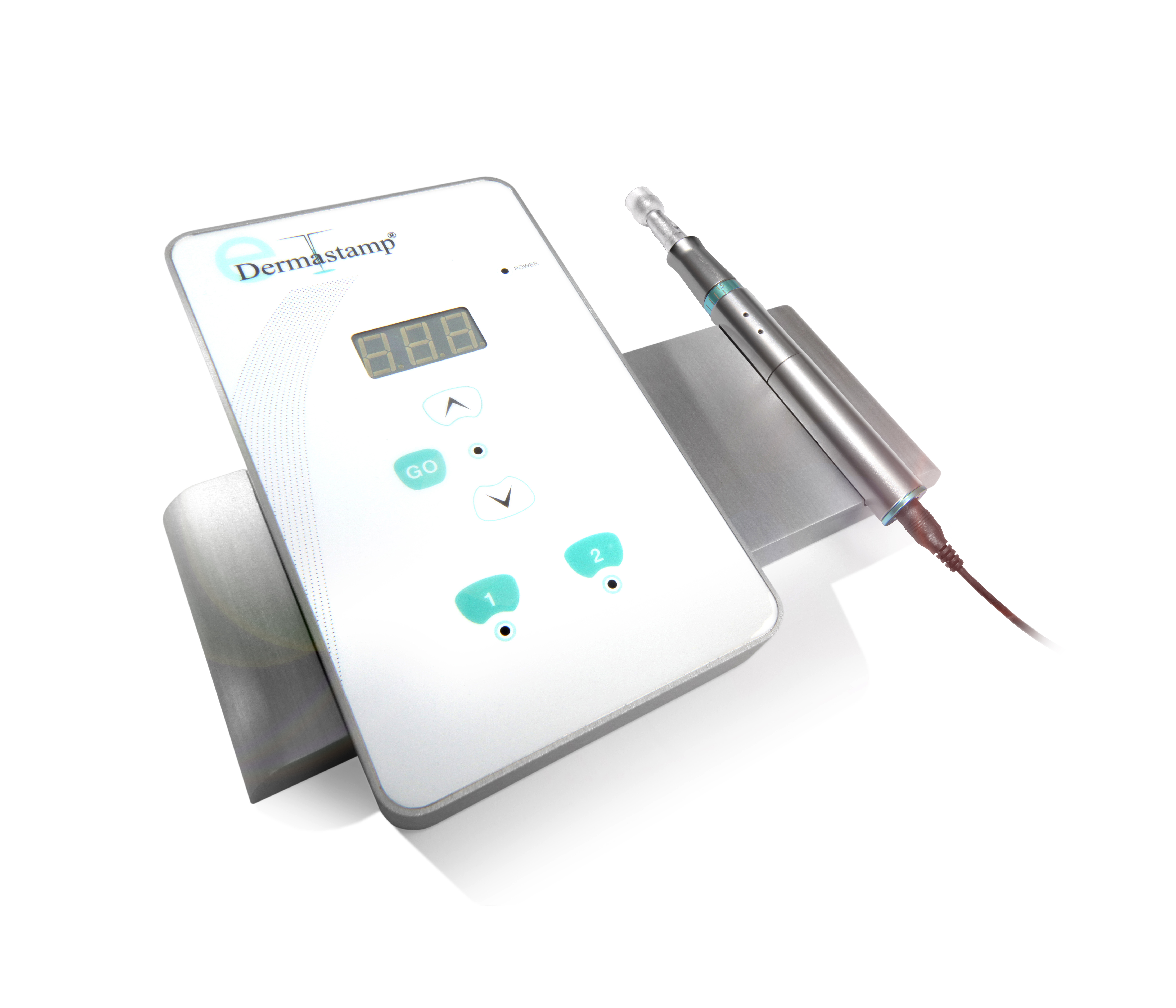Hives
Urticaria is a medical condition which is characterized by a presence of hives (weals) or angioedema.
A weal refers to a superficial pale or skin-colored swelling which is usually surrounded by redness (erythema) that can remain active for few minutes or entire 24 hours onset. Usually, the swelling appears to be itchy and carry burning sensation.
Angioedema refers to much deeper swelling in the skin and can be skin-colored or red. It usually lasts up to 72 hours. Usually, it is reported to be asymptomatic. But sometimes may be painful and/or itchy.
Urticaria is classified into two types based on the duration. The acute urticaria lasts less than 6 weeks. The chronic urticaria lasts more than 6 weeks with constant onsets of weals.
One in five individuals regardless age and sex has an episode of acute urticaria at least once in a lifetime. The chronic urticaria affects about 0.5-2% of entire population. There are usually genetic and autoimmune predispositions.
Urticaria weals can range from just few millimetres to several centimeters in diameter. The colours usually appear white or red. The shape can be round or in the form of patches, rings, or map-like patterns. Any body site can be affected.
Angioedema tends to be more localized. It usually affects face (eyelids and perioral sites), hands, and feet. Sometimes, tongue, larynx or soft palate can be affected as well.
Urticaria is assessed according to the visual analogue scale. The scores range from 0 to 3 with 0 representing no itch and no weals while 3 represents more than 50 weals in the past 24 hours and intense itch. The emotional aspect is also assessed in patients suffering from urticaria. There has been developed Dermatology Life Quality Index (DLQI), which is a specific questionnaire that assesses chronic urticaria. For example, sleep disruption is one of the factors that are being evaluated.
Hives are caused as a result of releasing chemical mediators from circulating basophils and mast cells. These mediators (cytokines, platelet-activating factor, and histamine) activate the sensory nerves which causes dilation of blood vessels and fluid starts leaking into adjacent tissues. Release of bradykinin causes angioedema.
Acute urticaria can also be induced by various factors. For example, various drug allergies (antibiotics) and food allergies (shellfish, peanut, milk, and eggs) can trigger the onset of hives. Bee and wasp stings can also be the cause.
The cause of chronic urticaria still remains unknown. However, the autoimmune factors is belived to be the main cause. Other triggering factors include viral infection, tight clothing, heat, food pseudoallergy, and drug pseudoallergy.
Urticaria is diagnosed in individuals that present a history of hives in less than 24 hours with or without angioedema. Family history needs to be evaluated as well.
Skin prick tests or RAST (radioallergosorbent tests ) may be further requested in order to determine the presence pf food or drug allergy.
The main treatment of all forms of urticaria is oral second-generation antihistamine. The standard dose is usually 10 mg. If it becomes ineffective then the dose may be increased to 40 mg. These medications are stopped once the acute Urticaria settles down.
Centre for Medical and Surgical Dermatology offers various treatment options for Urticaria which are unique for every patient.
3 Comments
Comments are closed.
Related Posts




I have been browsing online more than 4 hours today, yet I never found any interesting article like yours.
It’s pretty worth enough for me. In my view, if all website owners and bloggers made good content as you did, the net will be much more useful than ever before.
This blog was… how do you say it? Relevant!!
Finally I’ve found something that helped me. Thanks a lot!
This is exactly what I needed!